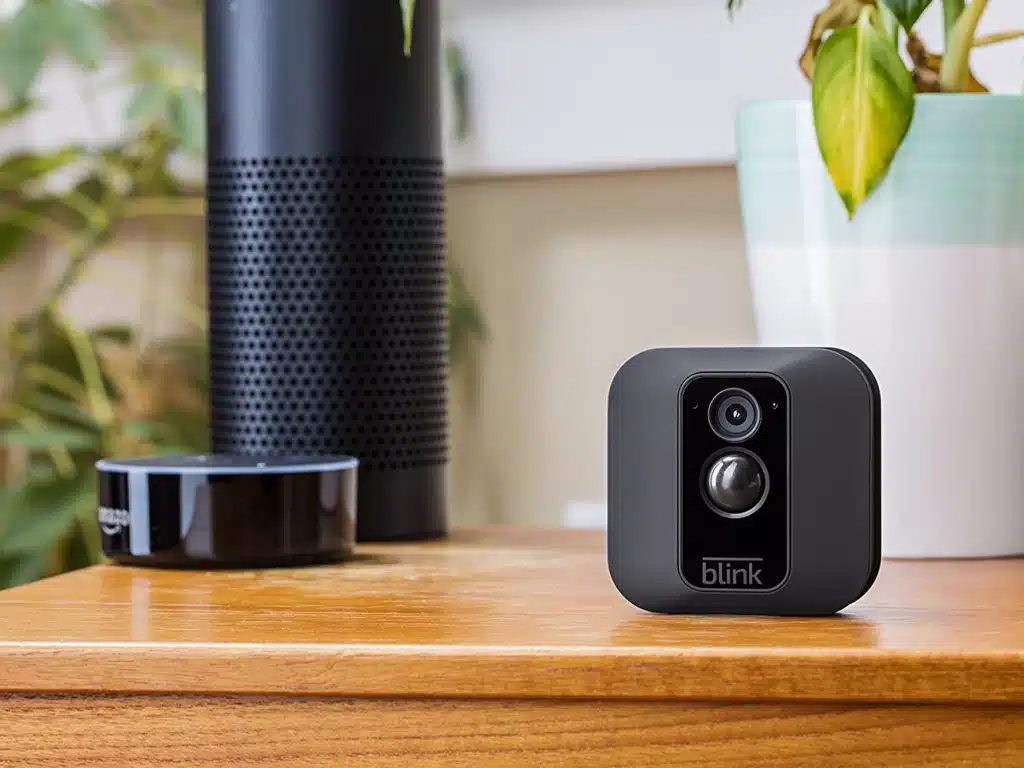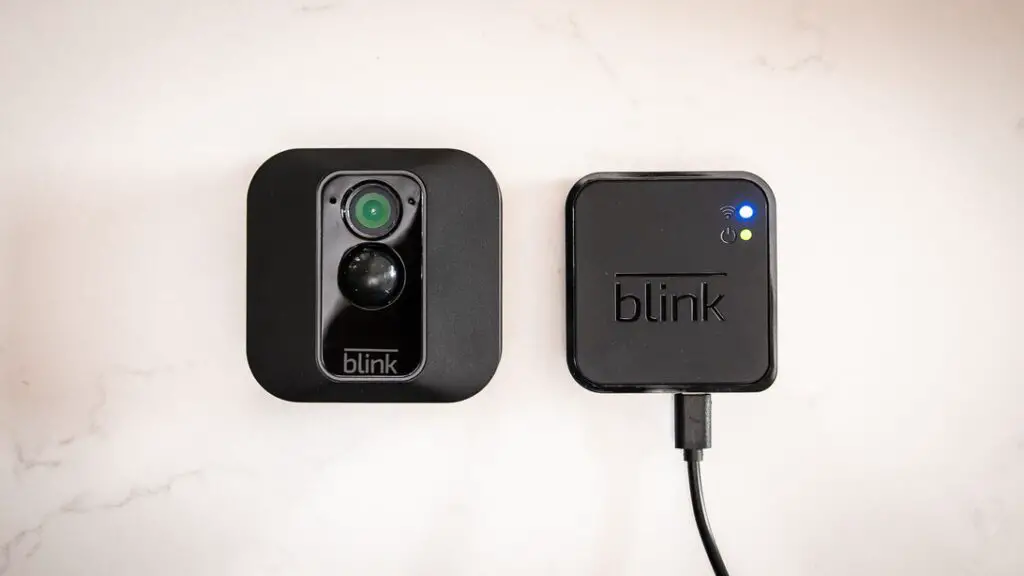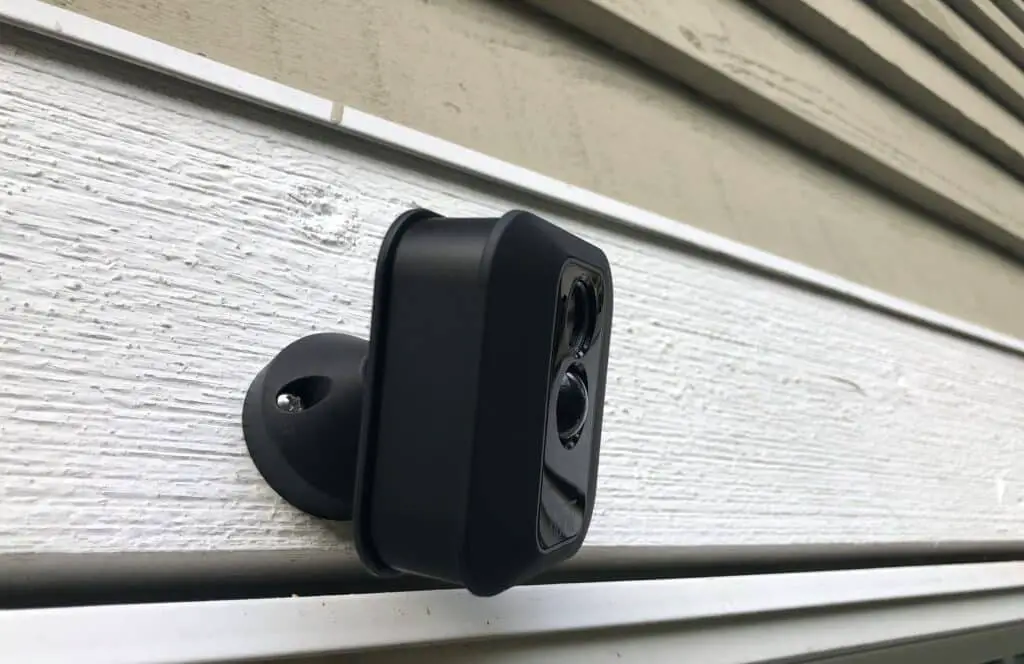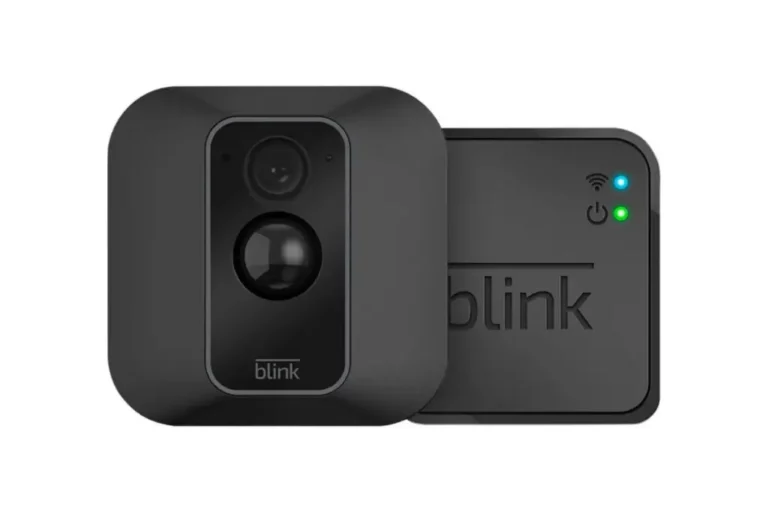Introduction
What Is Retrigger Time On Blink Camera: The Blink camera has become popular as technology has changed how we monitor and secure our houses. Blink cordless, battery-powered security cameras give home surveillance simplicity and flexibility. Of its many characteristics and functions, “Retrigger Time” is important to their effectiveness.
Retrigger Time is the time between Blink camera recordings due to motion detection. The camera records footage when a motion sensor detects movement in its range of vision. The camera remains vigilant for further activity. The camera’s response time to additional motion events after detection depends on the Retrigger Time option.
Furthermore, we will discuss the practical implications of Retrigger Time settings in various scenarios, such as monitoring high-traffic areas, ensuring comprehensive security during critical moments, and optimizing battery consumption for prolonged operation. Understanding the nuances of Retrigger Time will empower users to make informed decisions while customizing their Blink camera settings to suit their unique surveillance requirements.

What is the best retrigger time on Blink camera?
Recording Retrigger time – This is how long your camera takes to start recording again after one clip ends. To make sure you get all the activities, keep this time down. I prefer setting it to 10 seconds, but you can choose any value up to 60 seconds.
The ideal Blink camera retrigger time depends on the user’s surveillance needs and preferences. Retrigger time is the period between motion detection events prompting camera recording. The best retrigger time balances responsiveness and resource efficiency.
Shorter retrigger times are recommended for real-time monitoring and continuous movement capture. This setting keeps the camera on high alert, lowering the likelihood of missing important occurrences and improving surveillance. A shorter retrigger time is especially useful in high-traffic areas or where security breaches must be detected quickly.
If battery life and storage space are priorities, a longer retrigger time may be better. Increasing the retrigger time between motion detecting events conserves electricity and reduces video recording frequency. This benefits customers who need long-term camera operation without battery replacements or video downloads.
What is Blink retrigger?
There is a delay from the end of a motion clip to the start of the camera capturing a new motion clip. This delay is known as Retrigger Time and prevents the camera from sending too many motion notifications during motion triggers.
Blink cameras’ motion detection mechanism is controlled by Blink retrigger. Video is recorded when the camera detects motion in its range of vision. The camera’s response to motion events immediately following the trigger depends on the retrigger setting.
Blink retrigger controls the cooldown interval between motion detection events. The camera ignores motion during this cooldown or retrigger time. This setting stops the camera from recording continuous motion clips, which is useful when users wish to save battery life or reduce video recording.
The camera’s performance and surveillance depend on the retrigger time. A shorter retrigger time makes the camera more responsive to follow-up motions, preventing crucial events from being missed. However, a longer retrigger time lets the camera stay inactive longer, reducing recording frequency and saving power and storage space.
How can I make my blink camera better at night?
Go to the Home Screen of the Blink app and tap the Camera Settings icon above the camera’s thumbnail. Scroll down and look for the “Night Vision” section. Turn the control setting on, off, or set it to “Auto” so it automatically turns on when it gets dark.
To enhance the performance of your Blink camera at night and ensure optimal nighttime surveillance, consider the following tips:
Proper Camera Placement: Position the camera strategically to take advantage of existing light sources, such as outdoor lights or street lamps. Avoid placing the camera directly facing bright lights, as it can cause glare and reduce visibility.
Infrared Illuminators: If your Blink camera model supports it, consider adding external infrared illuminators. These devices emit infrared light, which is invisible to the human eye but enhances the camera’s night vision capabilities, allowing it to capture clearer images in low-light conditions.
Motion-Activated Lights: Install motion-activated lights near the camera’s location to illuminate the area when motion is detected. This additional lighting not only improves the camera’s performance but can also act as a deterrent to potential intruders.
Adjust Sensitivity Settings: Fine-tune the camera’s motion sensitivity settings to avoid false triggers caused by minor movements, such as foliage swaying or small animals passing by. This will help the camera focus on more significant events.
Enable Night Vision Mode: Ensure that your Blink camera’s Night Vision mode is activated. Night Vision uses infrared sensors to detect and capture images in the absence of visible light, allowing for clear recordings in complete darkness.
Keep the Lens Clean: Regularly clean the camera lens to remove dirt, dust, and debris, which can obstruct the camera’s view and degrade image quality, especially during nighttime recording.

Can Blink cameras record all the time?
Blink Cameras have an optional always-recording feature that is available on certain models. The Blink XT2, Blink Indoor, and Blink Outdoor cameras all offer the always-recording feature. It’s important to note that the always-recording feature is optional and can be turned on or off at any time.
Blink cameras cannot record 24/7. Motion-activated blink cameras save battery life and storage space. The camera’s motion sensor records a few seconds to a minute of video when it detects movement.
The camera idles after recording the triggered clip to save power and storage. Unless motion is detected, the camera does not record or transmit footage during this inactive period.
Blink cameras’ motion-activated recording saves energy and eliminates battery replacement. It also reduces video clutter and lets people focus on important events rather than hours of film.
Blink offers “Blink Subscription Plan Plus.” for continuous recording. CVR upgrades are available for specific camera types with this plan. Continuous recording will reduce battery life and may require a continual power source.
Can Blink record longer than 30 seconds?
How long can I set the camera to record for? Clip length can differ among cameras. Most can be set between 5 and 60 seconds.
Blink cameras can record 60-second videos, not 30. When its motion sensor detects activity in its range of view, the camera records a video clip that can last from a few seconds to 60 seconds, depending on its settings and the activity.
The Blink app lets you customize clip length for Blink cameras. Users can adjust clip length for surveillance and personal interests. Users can prolong clip time up to 60 seconds from the default 5 or 10 seconds.
Longer recording times need more storage and may drain the camera’s battery, especially wireless Blink cameras. When setting the recording duration, users should consider their individual needs, such as motion event frequency and storage and power availability, to strike the correct balance between capturing crucial events and optimizing’s camera resources.
What is Retrigger Time on a Blink Camera?
Retrigger Time on a Blink Camera is a crucial setting that governs the behavior of the camera’s motion detection system. When the camera’s motion sensor detects movement within its field of view and triggers a recording, the Retrigger Time comes into play. It refers to the duration between successive motion detection events that activate the camera to record again.
The camera ignores fresh motion during the Retrigger Time, which can last a few seconds to a few minutes depending on the user’s settings. This feature stops the camera from capturing motion-related video clips, saving battery power and storage space.
Optimizing camera performance and resource use depends on Retrigger Time. A shorter Retrigger Time keeps the camera responsive to follow-up motions, lowering the chance of missing key events. A longer Retrigger Time conserves resources by letting the camera be idle for longer, reducing video recording frequency.
How does Retrigger Time work on Blink Cameras?
Retrigger Time on Blink Cameras is a fundamental feature that governs the camera’s motion detection behavior and recording activity. When the camera’s motion sensor detects movement within its field of view and initiates a recording, the Retrigger Time comes into play.
Once the camera detects motion and records a video clip, it enters a cooldown period known as the Retrigger Time. During this period, which can be customized by the user, the camera remains inactive and ignores any subsequent motion events that may occur. This prevents the camera from continuously recording successive video clips for ongoing or repetitive motion, conserving battery life and storage space.
The duration of the Retrigger Time can be adjusted in the camera’s settings to meet specific surveillance needs. Users can set a shorter Retrigger Time for more rapid responsiveness, ensuring the camera captures consecutive motions without delay. Conversely, setting a longer Retrigger Time can help optimize resource usage, reducing the frequency of recordings and conserving power.
Can I customize the Retrigger Time on my Blink Camera?
Blink cameras offer users the ability to customize the Retrigger Time through the Blink app or web portal. The Retrigger Time setting allows users to specify the duration between successive motion detection events that activate the camera to record again.
To customize the Retrigger Time on your Blink Camera, follow these steps:
- Open the Blink app on your mobile device or access the Blink web portal on your computer.
- Select the specific camera you want to customize the Retrigger Time for from your device list.
- Navigate to the camera settings or options menu within the app or web portal.
- Look for the “Retrigger Time” or “Cooldown Time” setting and adjust it according to your preferences. The available options typically range from a few seconds to a few minutes.
- Save the changes, and your customized Retrigger Time setting will be applied to the selected camera.
Keep in mind that the ability to customize the Retrigger Time may vary depending on the specific model of your Blink camera and the version of the Blink app or web portal you are using.

Conclusion
The Retrigger Time feature on Blink cameras is a pivotal aspect that significantly impacts their efficiency and performance in home surveillance. This essential setting determines the duration between successive motion detection events, dictating how quickly the camera responds to subsequent movements after the initial trigger. Understanding and optimizing the Retrigger Time setting can make a substantial difference in enhancing the camera’s responsiveness and overall effectiveness as a security tool.
By setting a shorter Retrigger Time, users can ensure that the Blink camera remains on high alert, minimizing the risk of missing critical events. This proves particularly valuable in scenarios where real-time monitoring of high-traffic areas or the prompt detection of security breaches is crucial. The camera’s quick response time can be the key to identifying potential threats and taking necessary actions promptly. A longer Retrigger Time can help conserve battery life and optimize storage space, which is advantageous for users seeking extended periods of camera operation without frequent battery replacements or video downloads.
However, this approach may come with the trade-off of potential gaps in surveillance coverage, as the camera might not capture successive movements occurring within the Retrigger Time window. Ultimately, finding the right balance in setting the Retrigger Time is essential, and it largely depends on individual preferences and specific security requirements. Users can tailor the Retrigger Time setting to strike a balance between responsiveness and resource efficiency, ensuring that their Blink cameras are optimized to meet their unique surveillance needs.

